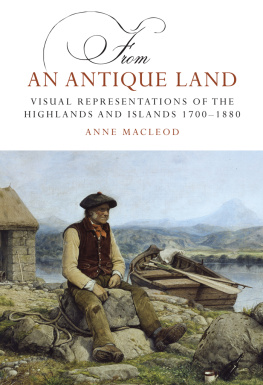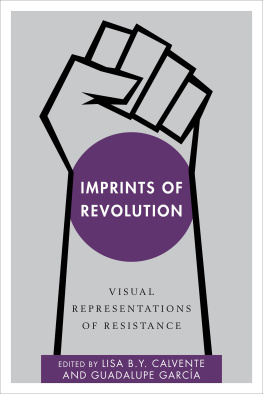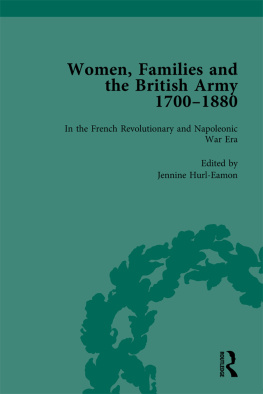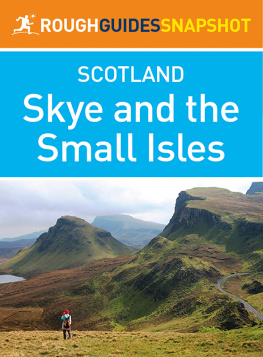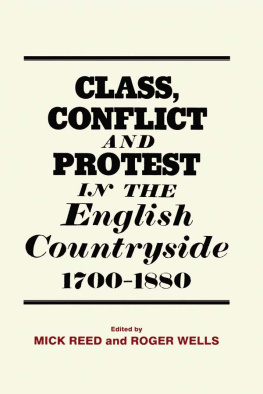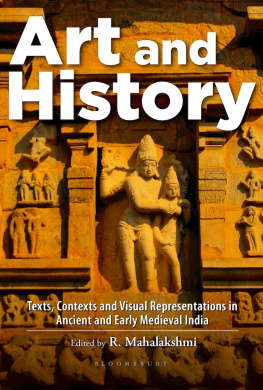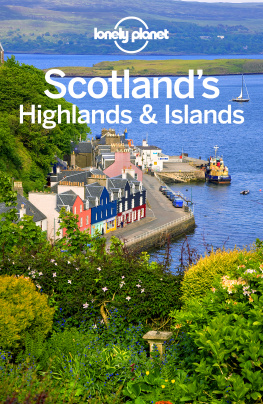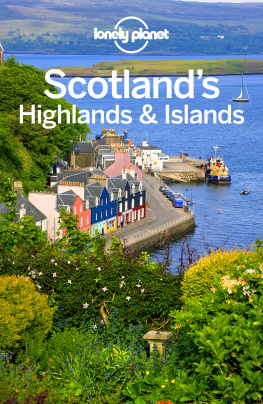From an Antique Land

This eBook edition published in 2013 by
Birlinn Limited
West Newington House
Newington Road
Edinburgh
EH9 1QS
www.birlinn.co.uk
Copyright Anne MacLeod 2012
First published in 2012 by John Donald, an imprint of Birlinn Ltd
The moral right of Anne MacLeod to be identified as the author of this work has been asserted by her in accordance with the Copyright, Designs and Patents Act 1988
All rights reserved. No part of this publication may be reproduced, stored or transmitted in any form without the express written permission of the publisher.
ISBN: 978-1-906566-53-1
eBook ISBN: 978-1-907909-07-8
British Library Cataloguing-in-Publication Data
A catalogue record for this book is available from the British Library
For my parents
List of Illustrations

BLACK AND WHITE
COLOUR
List of Abbreviations

AAGM | Aberdeen Art Gallery and Museum |
AM | Ashmolean Museum, Oxford |
BL | British Library, London |
ECL | Edinburgh Central Library |
EUL | Edinburgh University Library |
FWAF | Fleming-Wyfold Art Foundation, London |
GM | Glasgow Museums |
GUL | Glasgow University Library |
MG | McManus Galleries, Dundee |
MMAG | McLean Museum and Art Gallery, Greenock |
NAS | National Archives of Scotland, Edinburgh |
NGS | National Galleries of Scotland, Edinburgh |
NLS | National Library of Scotland, Edinburgh |
NMS | National Museums of Scotland, Edinburgh |
NPG | National Portrait Gallery, London |
NTS | National Trust for Scotland |
RC | Royal Collection, Windsor Castle |
SNPG | Scottish National Portrait Gallery, Edinburgh |
SSAM | Stirling Smith Art Gallery and Museum |
V & A | Victoria and Albert Museum, London |
YCBA | Yale Center for British Art, USA |
AJ | The Art Journal |
ILN | The Illustrated London News |
f. | folio |
n.d. | no date |
n.p. | no page |
n.s. | new series |
pl. | plate |
Acknowledgements

My greatest debt of gratitude is to Dr Martin MacGregor, who supervised the doctoral thesis from which this book emerged and who has been a constant source of encouragement and useful guidance. Thanks are also due to Dr MacGregor and Professor Colin Kidd for backing my decision to publish and to Mairi Sutherland and colleagues at Birlinn for taking on the project and for their help and advice along the way. In particular, I would acknowledge Jacqueline Young for her efficient copy-editing.
I am indebted to the staff of all the libraries, museums and galleries in which I carried out my research, too numerous to mention individually here. Permission to reproduce key images within this book is gratefully acknowledged in the captions. I would also like to thank Sir Robert Clerk of Penicuik for permission to quote from family papers, and the Gaelic Society of Inverness for allowing access to material in the Societys library.
The initial research was supported by a three-year grant from the Arts and Humanities Research Council from 2002 to 2005. I have also benefited from the support of the Inverness Field Club, the Gaelic Society of Inverness, the Hugh Barron Foundation and the Glasgow Highland Society. Publication would not have been possible without further funding from the Marc Fitch Fund, the Scotland Inheritance Fund, the Scouloudi Foundation (in association with the Institute of Historical Research) and the Strathmartine Trust, and I would like to thank all of these bodies for their generous assistance.
Last but not least, I must acknowledge the practical help and inspiration of family, friends and colleagues and particularly my parents over what must have seemed a very extended student career. After writing for so long about visual constructions of the Highlands and Islands it was strange at first to find myself back living and working among the real thing. I hope this book has benefited in places from a renewed or deeper acquaintance with some of the iconic scenes discussed within it. It remains to be said, of course, that any errors, omissions or misrepresentations remain my own responsibility.
Introduction

In 1749, a young military draughtsman completed a watercolour drawing of his colleagues surveying near Loch Rannoch in western Perthshire (Colour plate 1). The artist, Paul Sandby (17311809), was working on an epic new survey of the Scottish mainland, a project which challenged the skills of artists and mapmakers to their core. The Rannoch view provides a rare visual snapshot of the methods and equipment used by mid-eighteenth century surveyors in the field. It is also a topographical record of an identifiable spot on the north side of the River Tummel. However, what makes it most interesting as a historical source is what Sandby chose to leave out. Rachel Hewitt, author of a recent biography of the Ordnance Survey, describes the drawing as a brilliant piece of visual propaganda, advertising the indomitable force of the Kings army. She rests her case on the fact that Sandby ignored the most prominent landscape feature visible from his chosen spot: the mountain Schiehallion.
Hewitts reading, while rhetorically plausible, is problematic. Although she claims that a background featuring Schiehallion would have dwarfed the surveyors, making their task to map the whole Scottish mainland appear comically absurd, the surveyors are in fact significantly dwarfed by the amount of landscape Sandby does show in the drawing. Furthermore, I first came across the Hewitt passage while crossing the Grampians on a north-bound train on a grey day in mid-September. Visibility was limited and the higher country blotted out by hanging cloud. In this context, it struck me that there might be many reasons why Sandby failed to include Schiehallion in his drawing of 1749. Perhaps, on the day he captured his sketch, he simply couldnt see the mountain, or not enough of it to flesh out an accurate portrait. The space in the background of the drawing is blank, without the worked sky which could have been added had he wished to suggest the mountain simply wasnt there. Perhaps he intended to add it in later. Or perhaps, in an age less persuaded by the aesthetics of high, barren mountains than ours, he viewed the most obvious compositional framework for his view through different spectacles. In any case, his primary subject was the surveying party. Had he been painting for pleasure or patronage in 1749, he was highly unlikely to have found himself sketching from nature on the banks of a river in the Scottish Highlands. This fact, and others, introduce the problems of interpretation inherent in the theme of this book.

